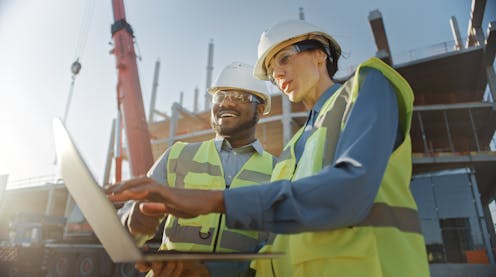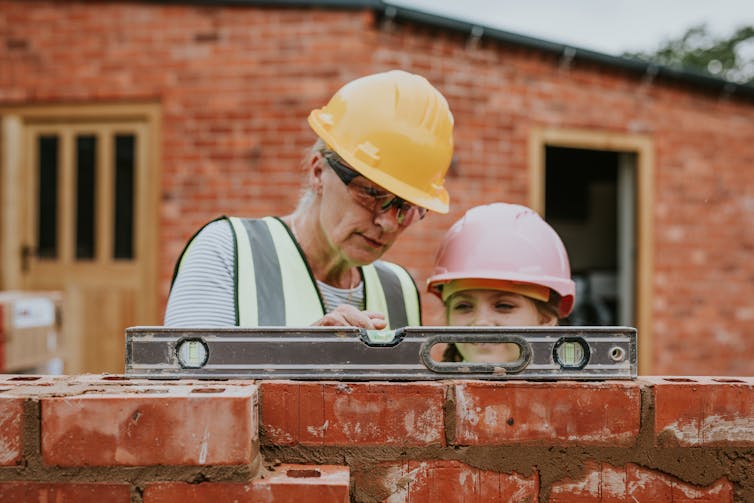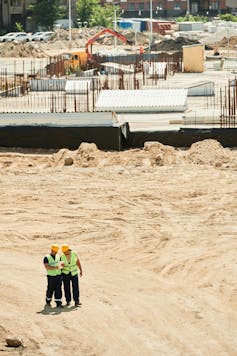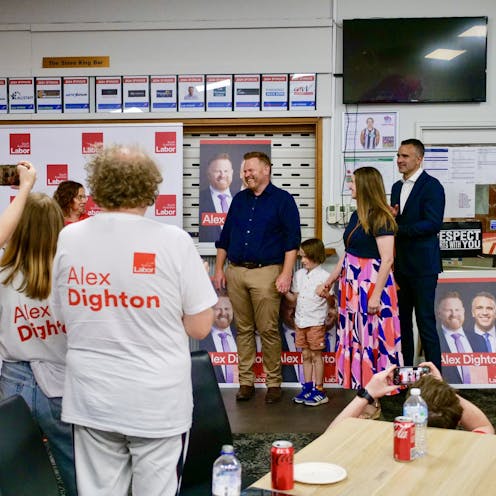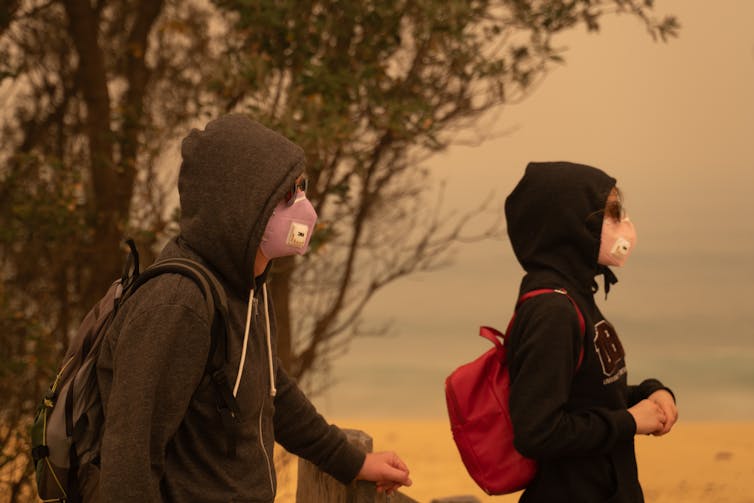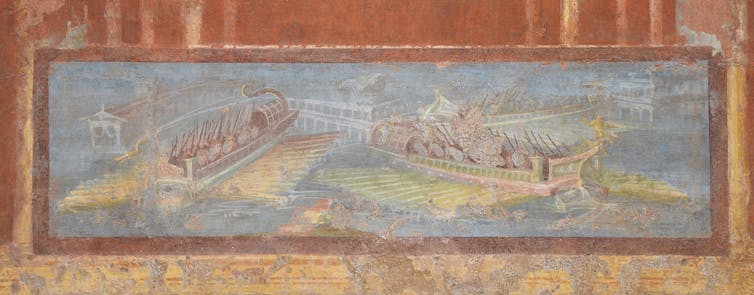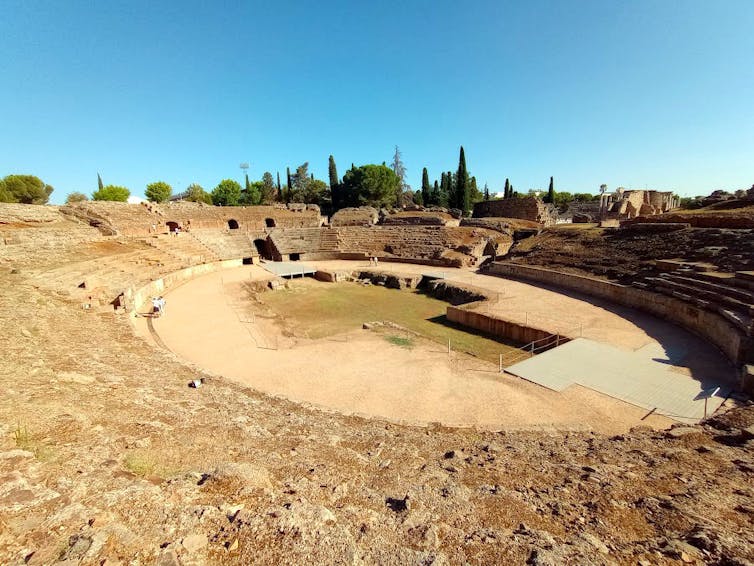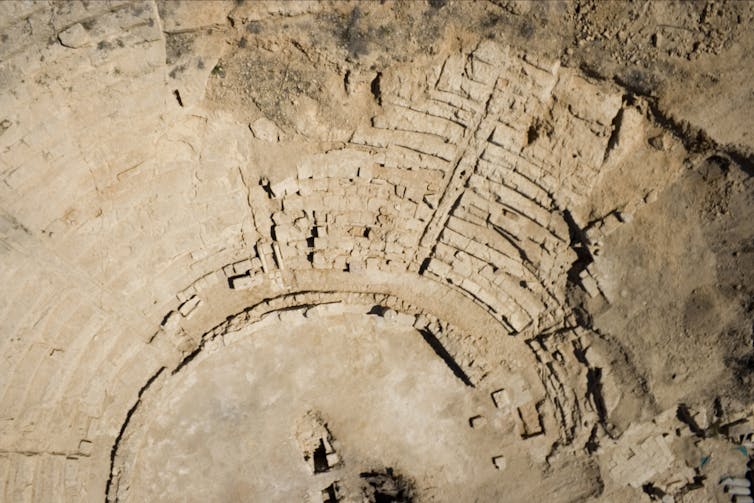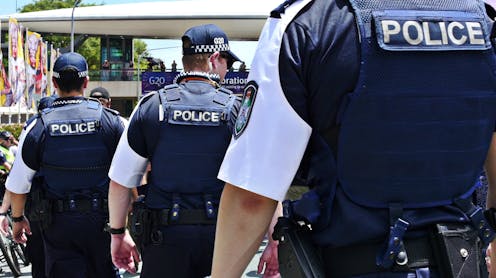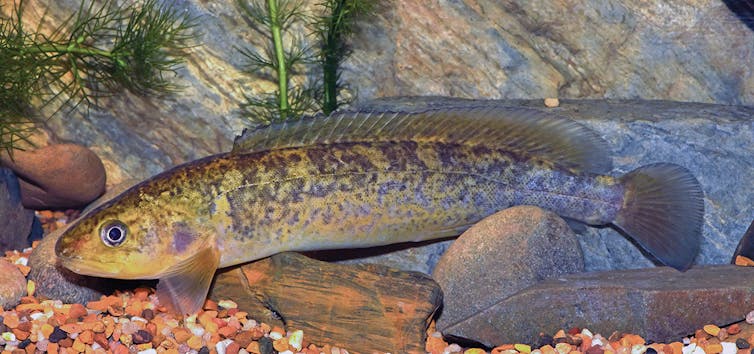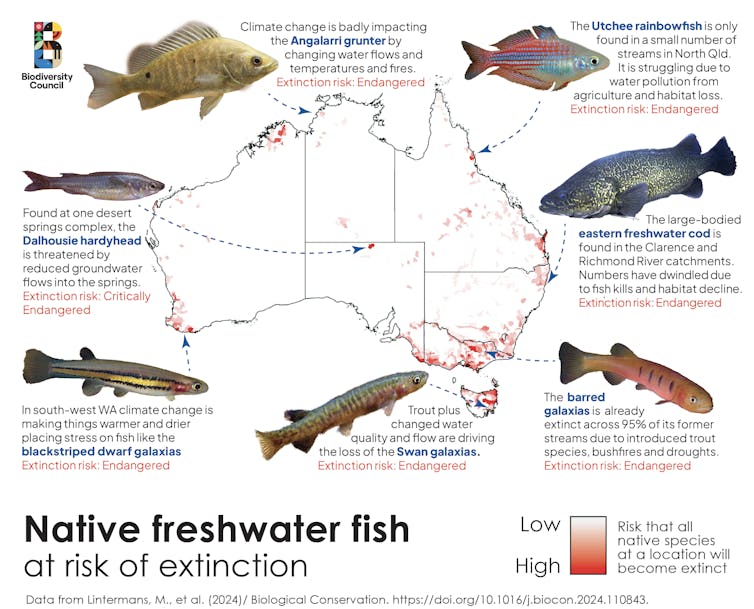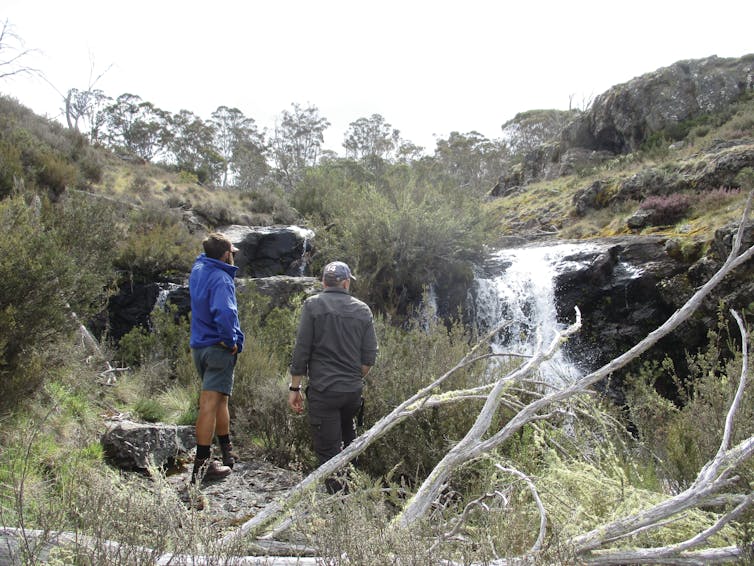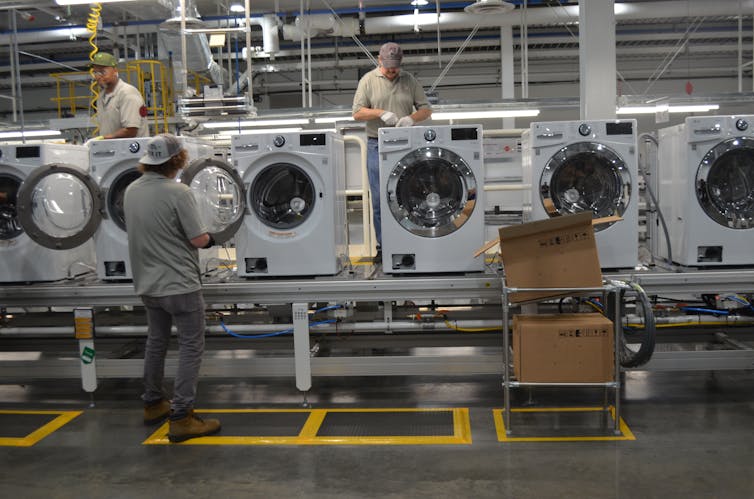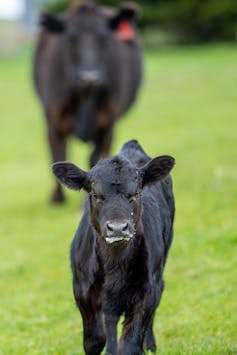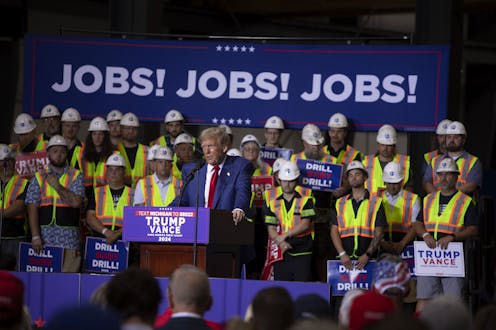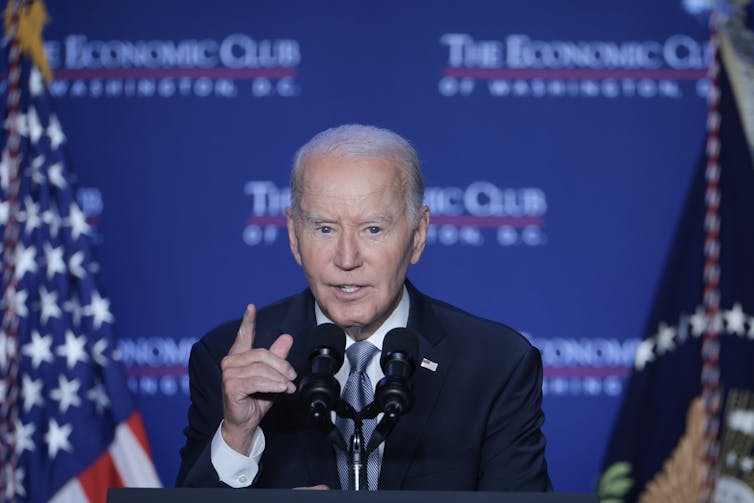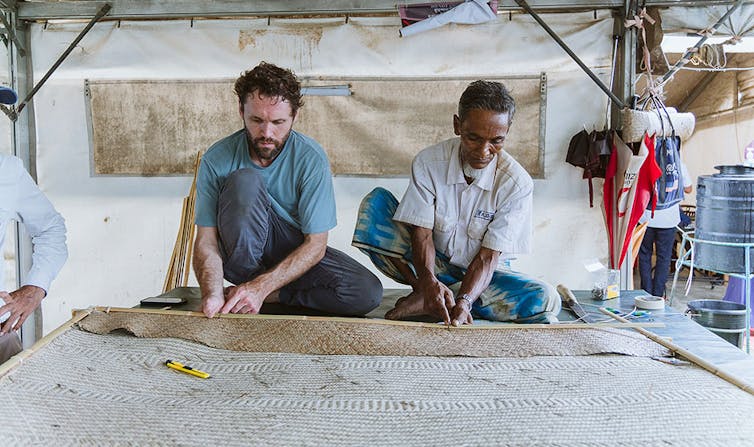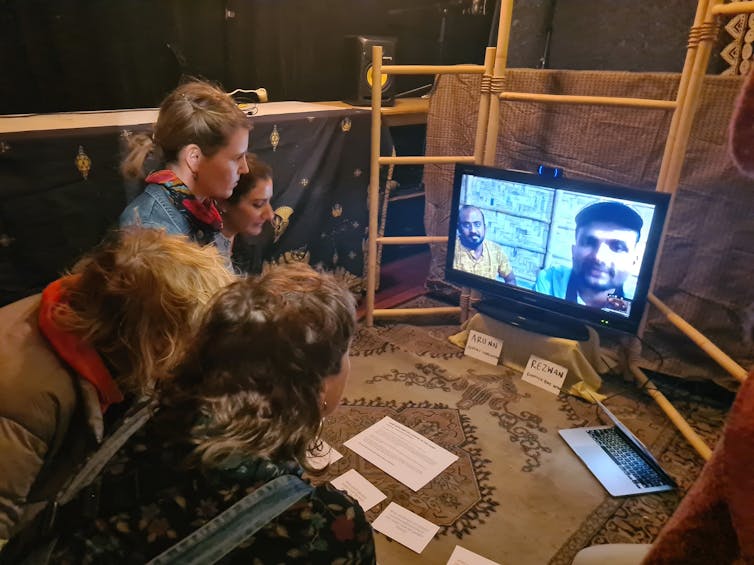By Georgia Brown, Queensland University of Technology
Fijian newsrooms are under pressure to adapt as audiences shift away from traditional media such as newspapers, radio, and television, in favour of Facebook and other social media platforms.
Asia Foundation research showed that Fijians ranked Facebook as their third most significant source of information about covid-19 during the pandemic, surpassing newspapers and “word of mouth”, despite recognising social media as their least trusted choice.
Radio and television still exceeded Facebook, but surveys during the pandemic reveal the increasing significance of Facebook and other social media, such as Twitter, YouTube and TikTok as widely used sources of news, particularly for Fijians younger than 45.
A survey revealed that of Fiji’s 924,610 population, 551,000 were social media users in January 2023. Facebook, the country’s most popular platform, limits access to people aged 13 and older. Of those eligible in Fiji to create an account in 2023, 71 percent used Facebook.
Australian National University researcher Jope Tarai attributes the rise in social media usage in the 2010s to the 2006 coup and subsequent change in Fijian leadership, suggesting it “cultivated a culture of self-censorship”.
“The constrained political context saw the emergence of blogging as a means of disseminating restricted information that would have conventionally informed news reporting,” Tarai says.
Tarai says concerns about credibility of blogs meant this avenue was replaced by Facebook, “which was more interactive, accessible via handheld devices and instantaneous”.
Increased media freedom
With the increased media freedoms that have arisen following Fiji’s change in government at the end of 2022, newspapers and other traditional newsrooms should be poised to reassert themselves, but they face significant challenges due to the global shift in how people consume information.
As audiences migrate to newer digital platforms, newsrooms that have traditionally depended on physical newspaper sales and advertising revenue are now under increasing pressure to adapt.
Fiji Times editor-in-chief Fred Wesley says news outlets are struggling to capture the attention of younger audiences through conventional formats, prompting a shift towards social media platforms to enhance audience engagement and boost traffic.
“Young people are not going to news websites or reading physical papers,” he says. “Young people are getting their news from social media.”
The University of the South Pacific’s technical editor and digital communication officer, Eliki Drugunalevu, says he has observed a growing preference among the general Fijian population for receiving news through social media as opposed to traditional outlets.
“When people refer to a certain news item that came out that day or even the previous day, they just go to their social media pages and search for that news item or even go to the social media page of that particular news outlet to read/access that story,” he says.
Drugunalevu identifies two contributors to this shift.
‘At your fingertips’
“Everything is just at your fingertips, easily accessible,” he says. “Internet charges in Fiji are affordable now so that you can pretty much be online 24/7.”
Newsrooms across Fiji are not oblivious to this shift. Editors and journalists are recalibrating their strategies to meet the demands of a digital audience.
Islands Business managing editor Samantha Magick says the abundance of readily available online content has resulted in young people refraining from paying for it.
“I think there’s a generational shift. My daughter would never pay for any news, would never buy a newspaper to start with. She would probably never think about paying for media, unless its Netflix,” she says.
However, Magick believes social media can be leveraged to fulfil evolving audience demands while offering fresh advantages to her organisation.
“Social media for us is a funnel to get people to our website or to subscribe,” she says. “Facebook is still huge in the region, not just in Fiji [and] that’s where a lot of community discussions are happening, so it’s a source as well as a platform for us.”
Magick says incorporating social media in her organisation requires her to stay more vigilant on analytics, as it significantly influences her decision-making processes.
‘Understanding content’s landing’
“There’s all that sort of analytic stuff that I feel now I have to be much more across whereas before it was just generating the content. Now it’s understanding how that content’s landing, who’s seeing it, making decisions based on that,” she says.
Fiji TV digital media specialist Edna Low says social media data analytics like engagement and click-through rates provide valuable insight into audience preferences, behaviours and demographics.
“Social media platforms often dictate what topics are trending and what content resonates with audiences, which can shape editorial decisions and coverage priorities,” she says.
Fiji TV’s director of news, current affairs and sports, Felix Chaudhary, echoes this.
“We realise the critical importance of engaging with our viewers and potential viewers via online platforms,” he says. “All our new recruits/interns have to be internet and social media savvy.”
Transitioning his organisation to a fully online model is the path forward in the digital era, Chaudhary says.
“Like the world’s biggest news services, we are looking in the next five to ten years to transitioning from traditional TV broadcast to streaming all our news and shows,” he says. “The world is already moving towards that, and we just have to follow suit or get left behind.”
As TikTok gains increasing popularity among younger Fijians and social platforms introduce initiatives to combat misinformation, it seems possible that social media could snatch the top spot for Fijian’s primary news source.
It is clear that newsrooms and journalists must either navigate the evolving digital trends and preferences of audiences or risk becoming old news.
Catrin Gardiner contributed research to this story. Georgia Brown and Catrin Gardiner were student journalists from the Queensland University of Technology who travelled to Fiji with the support of the Australian Government’s New Colombo Plan Mobility Programme. This article is published in a partnership of QUT with Asia Pacific Report, Asia Pacific Media Network (APMN) and The University of the South Pacific.
Article by AsiaPacificReport.nz










